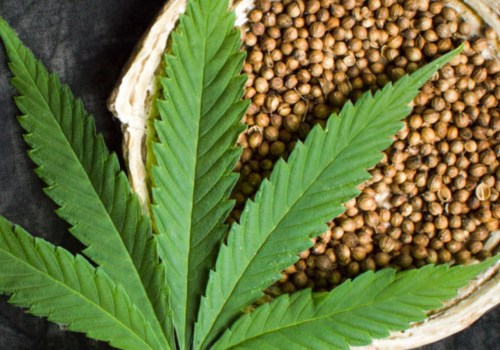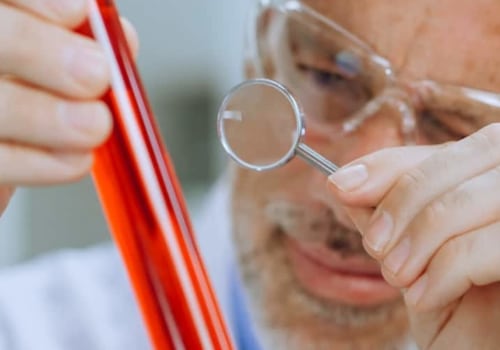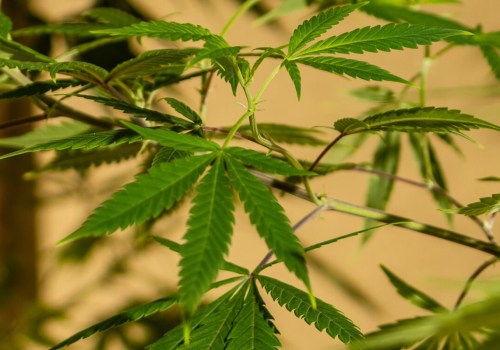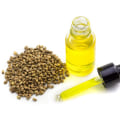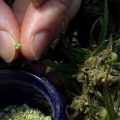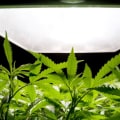Hemp is a natural plant fiber from the stems of the cannabis plant, and it is one of the most sustainable fibers that can be used. According to Textile Exchange and The Made-By Environmental Benchmark for Fibers, organic hemp gets an “A” rating, the best possible grade, while non-organic hemp gets a “C”. Growing hemp requires little water and replenishes soil nutrients to help improve soil health. It is also biodegradable and offers insulating, anti-radiation and antibacterial properties.
Hemp is a high-yielding plant that produces more on less land and uses less water than other textile plants such as cotton. Unlike cotton, hemp does not require insecticides or pesticides, which protects the soil from contamination. Hemp advocates have been continuously teaching people that hemp has several benefits for humans and the environment. It can be used to create plastics and other biodegradable and non-toxic products, reduce the amount of carbon dioxide in the atmosphere, preserve trees, and even create healthy and tasty treats. In addition, industrial hemp must contain less than one percent THC (marijuana has about 20 percent), so you can't get high here. If you're an avid sustainability-focused shopper like me, you'll know that hemp fabric is very useful, versatile and durable.
But what about hemp itself? There are so many modern uses of hemp that it would be virtually impossible to list them all here, but we thought we'd give it a try and break down some of them. Hemp biodiesel can be derived from hemp seed oil with the correct engine conversion process of &. Although hemp comes from the same plant, hemp processing is different and ensures that the THC potency level remains below 0.3 percent. The world at large has enjoyed the benefits of hemp for thousands of years and, during that time, it has had a wide range of uses, from textiles and paper to healthy and tasty treats. This not only makes it easier for sustainable farmers to add it to their annual rotation, but it also helps regenerate the soil, thanks to the nutrients contained in the hemp plant. In the following years, a series of bills, laws and judicial decisions were passed that began to change the bad reputation that hemp had given to hemp at the beginning of the 20th century.
Although there are cases in which hemp from the unused crop is burned, in addition, the plant is part of a zero-waste process. Many of the drawbacks of hemp clothing today are due to the necessary import, such as the cost of transportation, the price for consumers and the accessibility of these products. Regardless of how sustainable a product is in and of itself, the excessive use of plastics and non-reusable materials in packaging is not sustainable.
